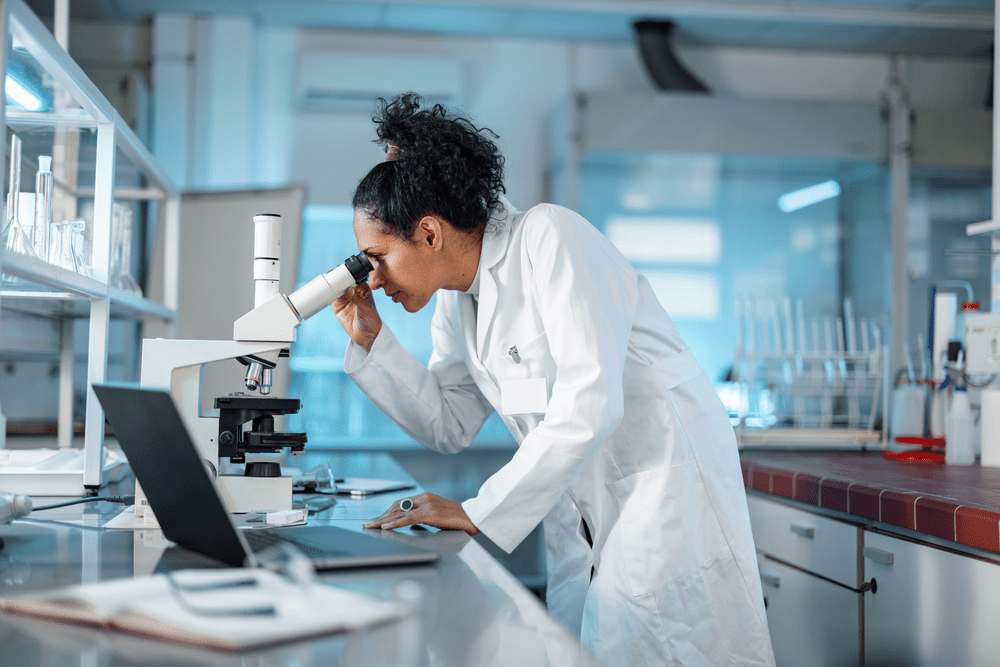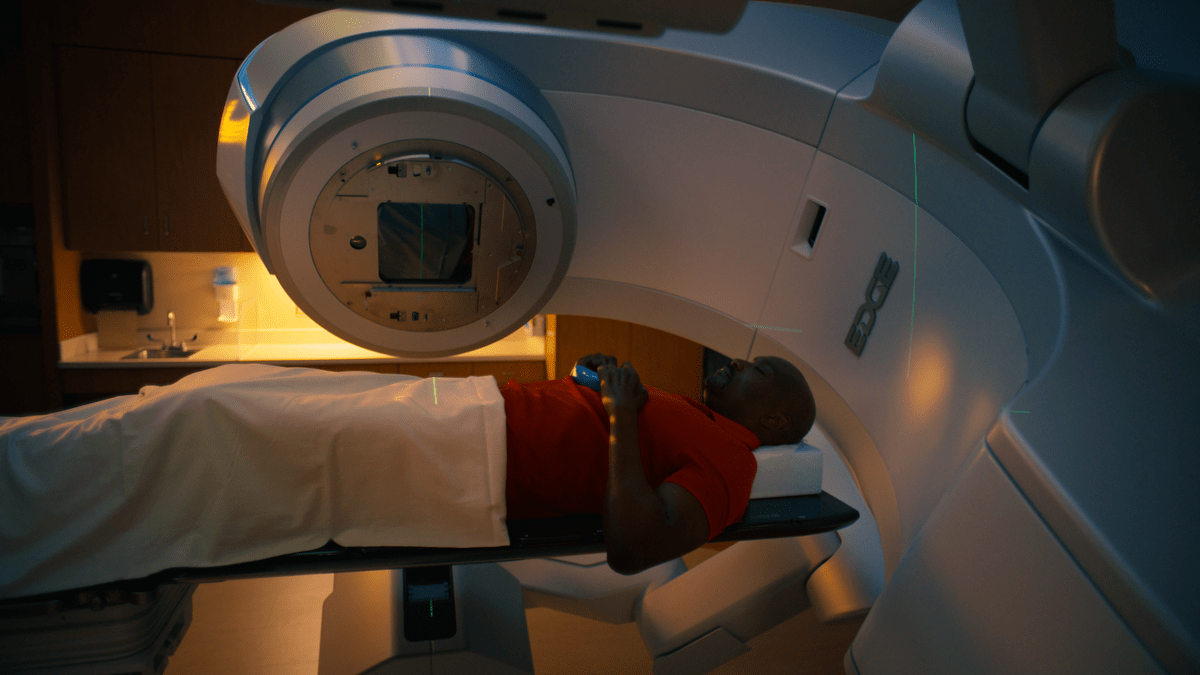How we select the most effective treatment
“How do doctors know which cancer treatment is right for me?" may be one of the first questions on your mind if you or a loved one has been diagnosed with cancer.
At Riverside Cancer Care Network each patient’s treatment plan is designed individually, based on your unique cancer, it’s makeup, stage, characteristics and your health history. Here is how we choose the most effective treatment plan to help you conquer cancer.
Riverside Cancer Care Network offers advanced treatments, leading-edge therapies, and expansive services right here in our region, so you do not have to travel far to receive expert cancer care.
Think of it like having a full toolbox of the most advanced cancer treatment tools. Depending on your diagnosis, we may recommend targeted therapies using cancer drugs such as chemotherapy or immunotherapy, advanced radiation therapy options including radiosurgery, surgical options or a combination of treatments. We have all the advanced tools available to personalize treatment for what is most impactful for your cancer.

UVA Health affiliation for research studies & clinical trials
Riverside Cancer Care Network has an affiliation with UVA Health to extend access to research studies and clinical trials.
Clinical trials contribute to advanced care and can improve quality of life for patients. We are committed to safety and inclusivity, ensuring every participant feels valued, with our research reflecting the diverse communities we serve.
Supportive cancer services
- Cancer Care Navigation
- Cancer Nutrition
- Genetic Counseling and Genetic Testing
- Oncology Rehabilitation
- Social Work
- Support Groups
- Palliative Care
- Hospice Care

